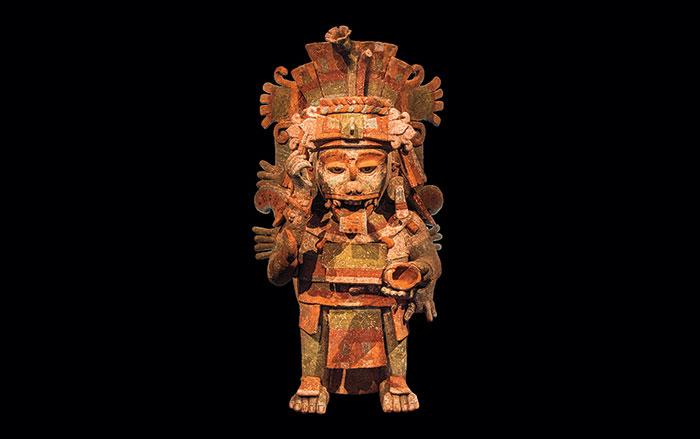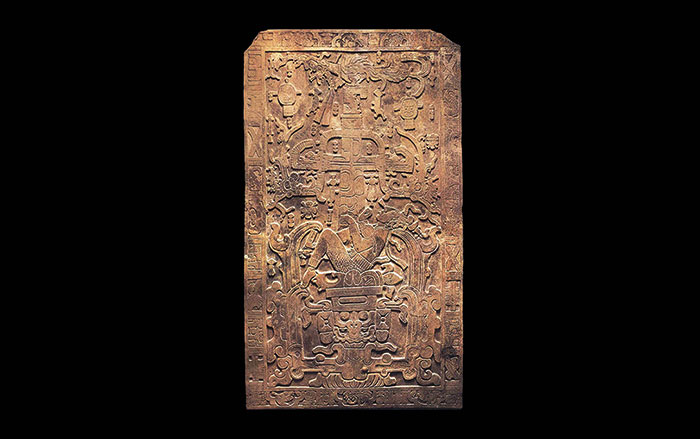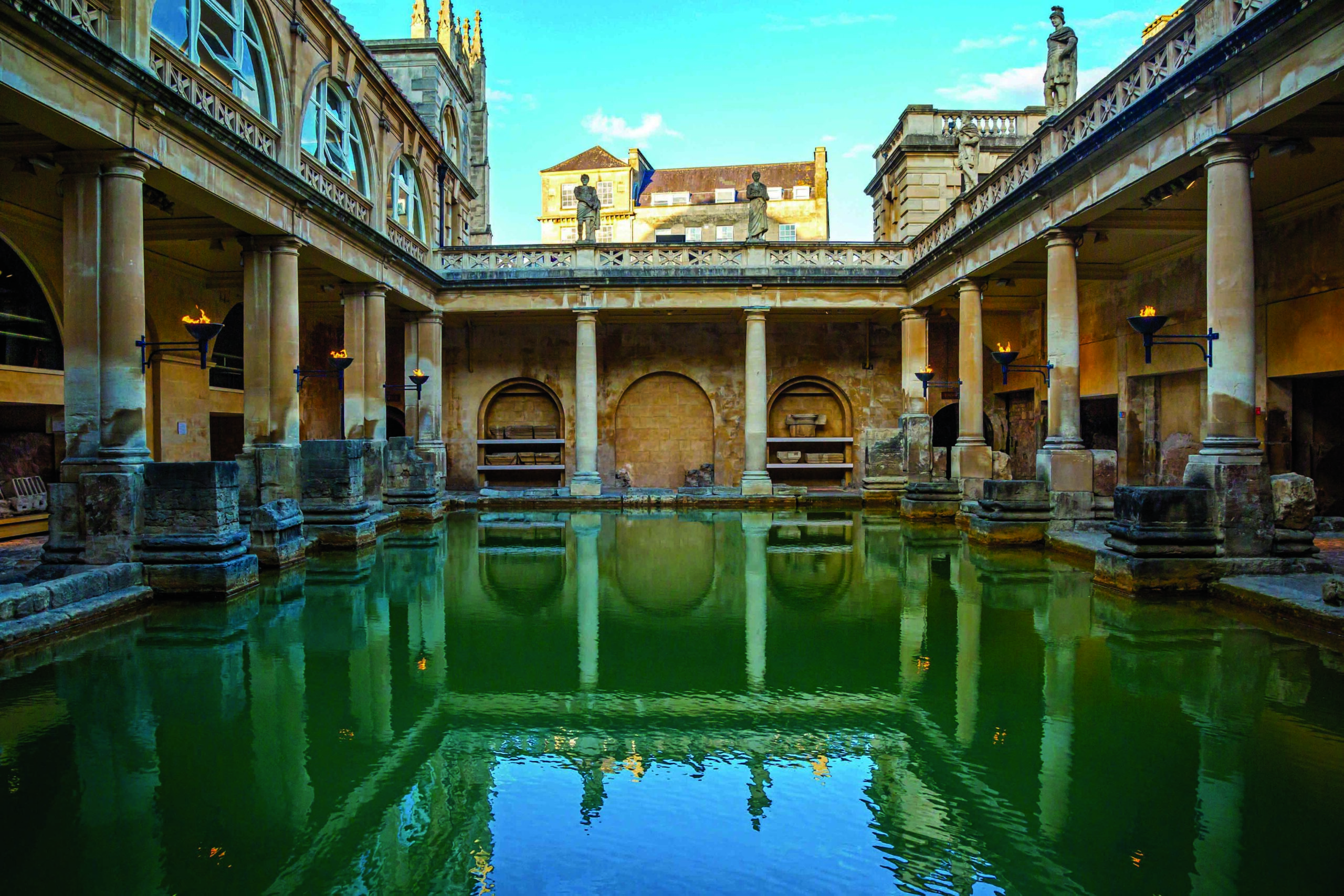
MEXICO CITY, MEXICO—Reuters reports that a nearly intact wooden canoe thought to have been constructed by the Maya some 1,000 years ago has been discovered in an underwater cave in a cenote in southern Mexico’s Yucatan Peninsula, near the site of Chichen Itza. Archaeologists Manuel Pérez Rivas and José Francisco Osorio León, who have been investigating the region as part of the Maya Train project, and researchers from Mexico’s National Institute of Anthropology and History said the platform-style vessel was carved from a tree trunk. It measures about five feet long and two and one-half feet wide. The researchers think the small boat may have been used to carry fresh water from the cenote or to deposit ritual offerings. Future work includes a study of the canoe’s tree rings to help date the vessel, analysis of sediments at the site where the canoe was found, and photogrammetric studies in order to share information about the canoe with other scientists and create replicas for display. To read about a staircase monument that commemorates a Maya official's career success, go to "Autobiography of a Maya Ambassador."










